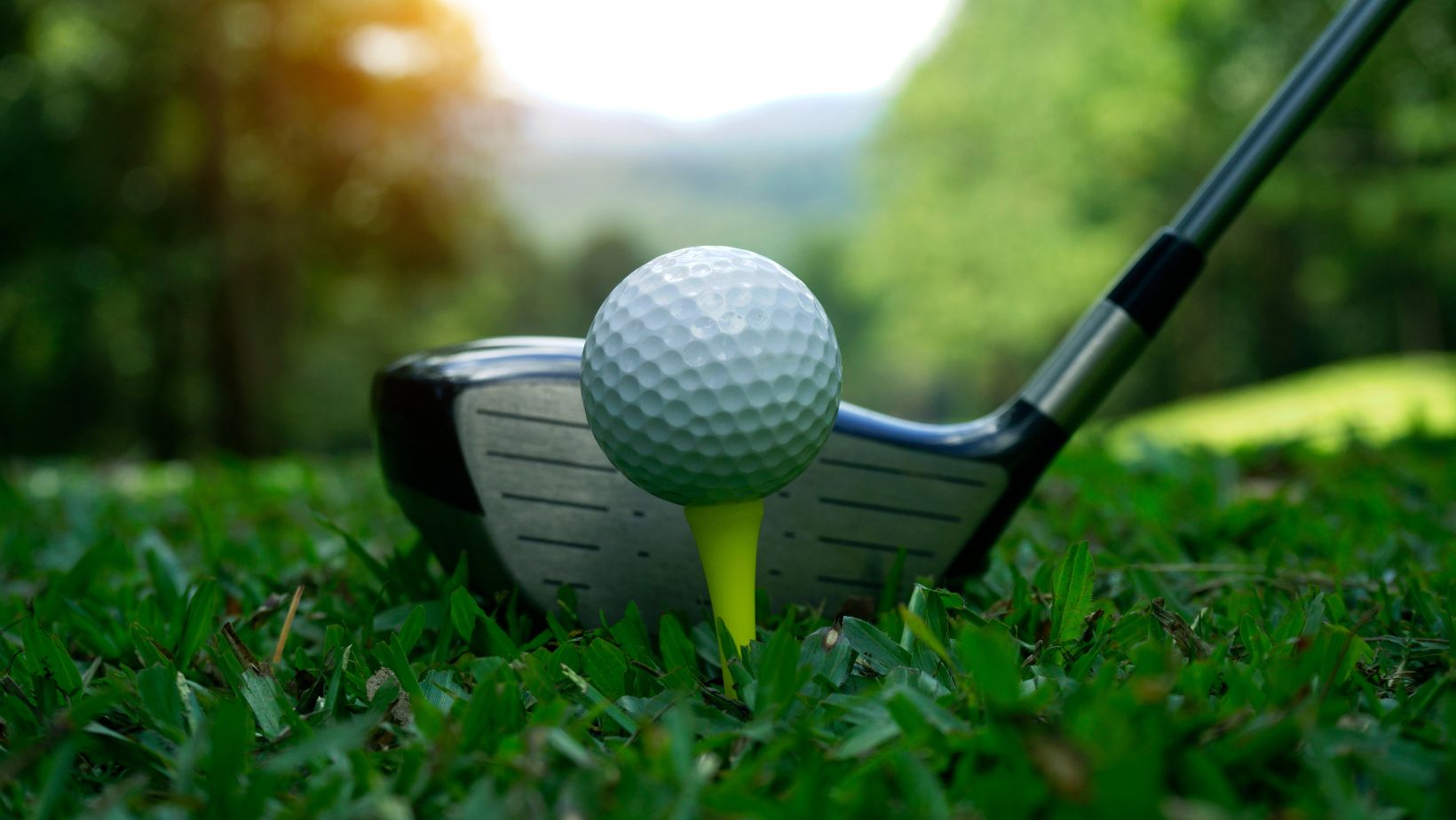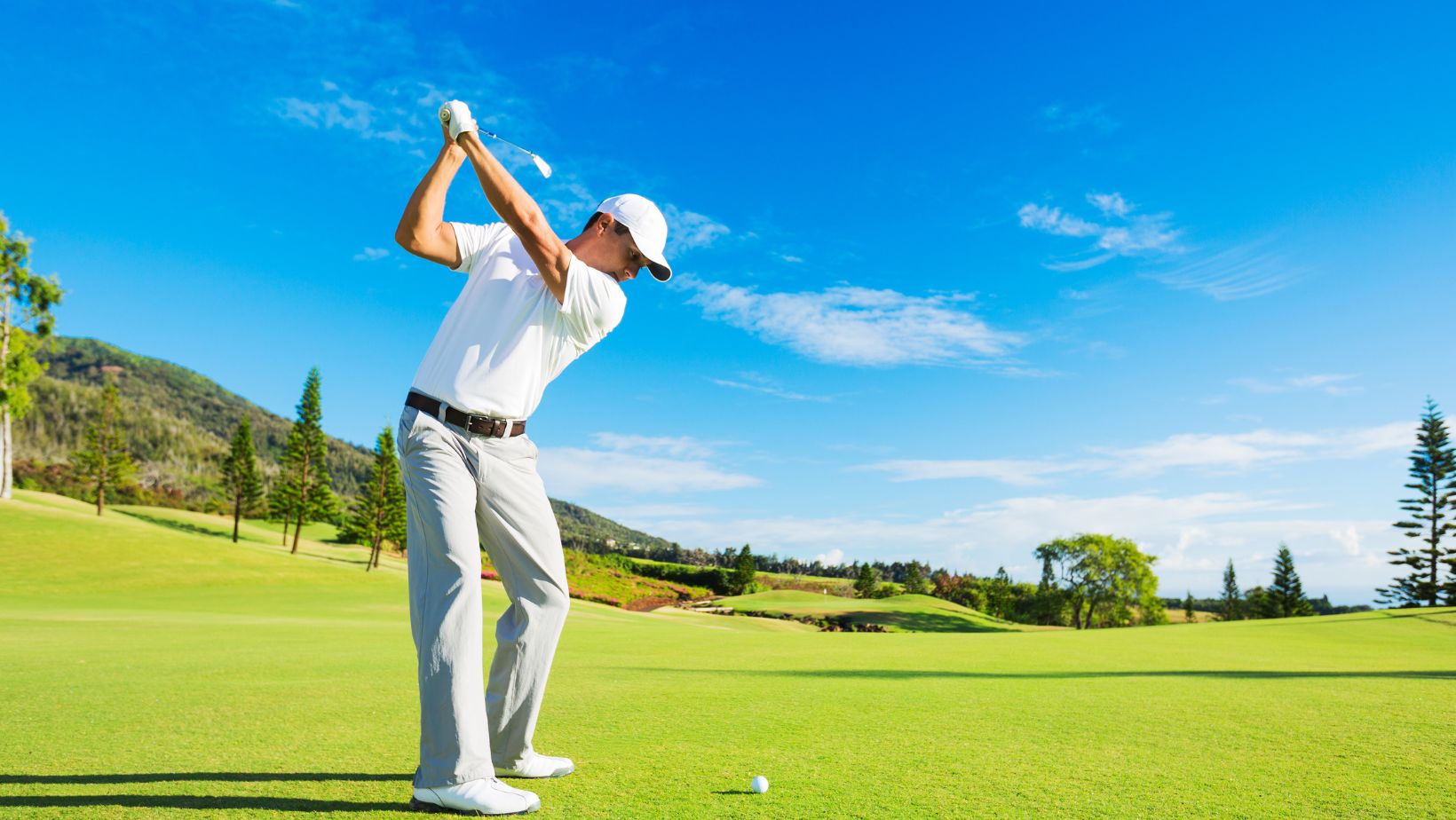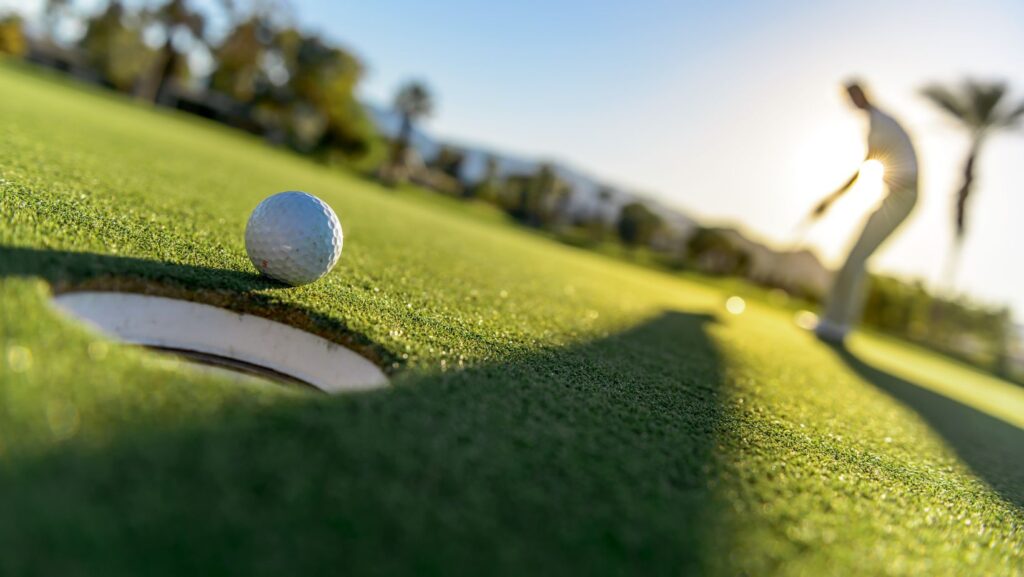There are so many options when it comes to golf clubs that choosing the right set can be a daunting task. Whether you are looking for golf clubs for the first time or replacing your current set, you need to make sure you’re getting the right clubs for your playing style. Knowing your swing speed, the distances you prefer for your shots and what you prefer to hit will help you find the right equipment to take your game to the next level.
Know Your Swing Speed
One of the most important things to consider when selecting golf clubs is your swing speed. Clubs with a stiffer shaft tend to be preferred by faster swingers, while slower swingers may need a more flexible shaft to achieve the best ball flight. For most players, a stiffer shaft is preferred for swing speeds greater than 100 mph; for slower swings, a more flexible shaft is preferred.
The right shaft is essential to getting the most distance and control from your shots, so you need to get fitted for the right one. For example, a club that can handle the force and transfer energy efficiently is needed for a high speed swing, whereas a slower swing needs a more forgiving club to help generate power.
Determine Your Preferred Distances
It is important to understand your typical distances with each club so that you can build a set that works for you. Some golfers hit the ball long, some hit it short, some need distance, some need control and precision. To find out what distances you like best, focus on how far you hit each club during your rounds and practice sessions.
For instance, if you can drive the ball over 250 yards, but can’t control your 7 iron, it may be time to invest in clubs that are more controllable at mid range distances. Consider clubs that provide more consistency, like clubs that have higher lofts and more forgiving faces for golfers with longer drives and shorter irons.
Consider Your Shot Preferences
All golfers have a different shot preference. Some players want to draw or fade, and some just want to hit straight shots. The shot shape you choose should match the golf club you choose. For instance, a player who slices the ball naturally may choose a more closed clubface to encourage a draw, or a player who draws the ball may select a slightly open clubface to keep it that way.
The angle of the face and the weight distribution control the ability to shape your shots. If you like to work the ball, custom fitting your clubs to your shot preference is important so that each club performs as intended.
Assess Your Handicap and Skill Level
The type of clubs you should consider will depend on your skill level. Clubs that promote forgiveness are often suitable for beginners or high handicap golfers with oversized heads and large sweet spots. They help you correct off center hits and make it easier to get the ball up in the air.

On the other hand, more advanced players may prefer clubs that provide greater control and workability, such as blades or muscle-back irons. They offer better feedback on your shots and you can shape the ball more precisely, but they require a higher skill level to get the best out of them.
Evaluate the Loft and Lie Angle
Your golf club setup is all about loft and lie angle. Loft determines the trajectory of your shots, and the lie angle is how the clubhead hits the ground during your swing. Selecting the correct loft for your playing style will allow you to hit the ball with the correct trajectory to get the most distance and control.
Generally, the higher ball flight tends to be produced by a higher loft, and that is usually what you want for approach shots or when you’re playing out of some difficult lies. However, a lower loft will produce a more penetrating ball flight, and is often preferred by golfers with faster swing speeds in the search of more control of how much distance off the tee.
Don’t Forget About Grip Size
Too often grip size is overlooked but it is important to safety and performance. If you have a grip that is too small or too large for your hands, then it can affect how the club feels and how it controls. The club should fit comfortably in your hands without too much tension in your hands or fingers.
There are a lot of club manufacturers that make grips in different sizes so try different ones to find one that feels normal. A good grip will help you swing more consistently and prevent fatigue on long rounds.
Test Your Clubs Before Committing
It’s important to test your clubs before you make a final decision. There are many golf shops and online retailers that offer fitting sessions where you can try out different clubs based on your swing characteristics. You can test different shaft flexes, club heads and grips to find out what works best for your playing style.
While you are fitting each club, take note of how each club feels and note any changes in distance, accuracy, and ball flight. A professional fitter can help you through the process so that you select clubs that are perfect for your needs.
Final Thoughts
When choosing the best golf clubs, consider your swing, preferences, and skill level. After considering aspects such as swing speed, desired distances, shot preferences, and club quality, you will have found the right set to improve your golf play.

Taking the effort to choose the right golf clubs will dramatically improve your game, regardless of skill level. Before making a purchase, you must choose which golf clubs will best suit your playing style.

